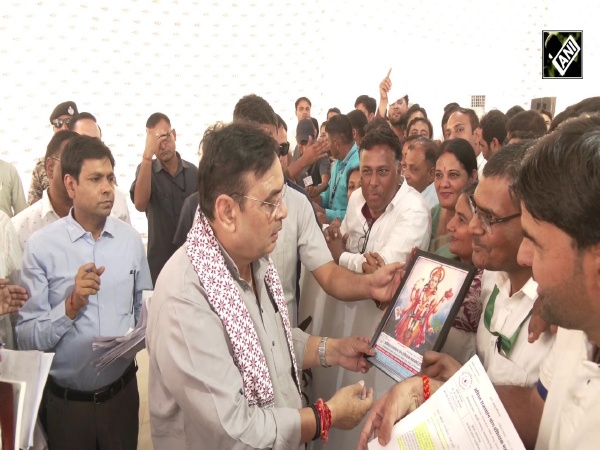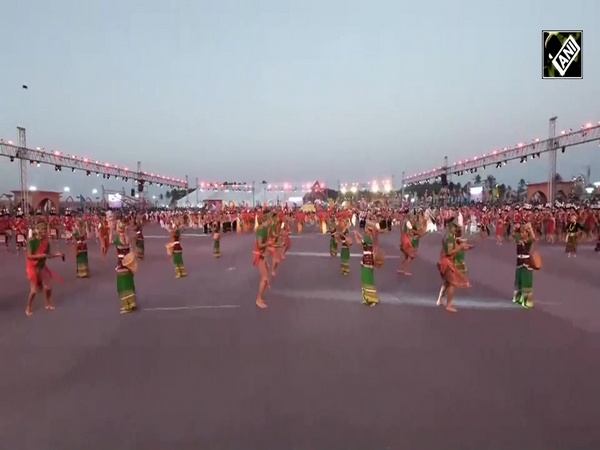"Increase in leopard numbers is testament to India's unwavering dedication to biodiversity": PM Modi
Feb 29, 2024

New Delhi [India], February 29 : Prime Minister Narendra Modi expressed happiness on Thursday over the increase in the leopard population in the country.
"Great news! This significant increase in leopard numbers is a testament to India's unwavering dedication to biodiversity. I compliment all those who are part of the various collective efforts towards wildlife protection, paving the way for a sustainable coexistence," the Prime Minister shared on X.
Earlier in the day, Union Minister for Environment, Forest and Climate Change, Bhupendra Yadav, took to social media and announced that the leopard population now stands at 13,874.
"Released the report on Status of Leopards in India today. Happy to share that the estimated leopard population in 70% of the leopard occupied area in India is now 13,874, up from 12,852 in 2018. Central India recorded the highest population with Madhya Pradesh having 3,907 leopards," Yadav posted on X.
Thanking the Prime Minister for his guidance, he said, "This conservation journey embodies the ethos of one earth, one family, and one future. Congratulations to all contributors to this crucial mission."
Earlier in January, as many as 718 snow leopards were reported as part of the first-ever scientific exercise that was carried out by the Wildlife Institute of India (WII).
Bhupender Yadav released the report during the National Board for Wildlife meeting held in New Delhi.
The Snow Leopard Population Assessment in India (SPAI) programme is the first-ever scientific exercise.
The Wildlife Institute of India (WII) is the National Coordinator for this exercise, which was carried out with the support of all snow leopard range states and two conservation partners, the Nature Conservation Foundation, Mysuru and WWF-India.
The assessment covered over 70 per cent of the potential snow leopard range in the country, covering approximately 120,000 km2 of crucial snow leopard habitat across the trans-Himalayan region, including the Union territories of Ladakh and Jammu and Kashmir, and states such as Himachal Pradesh, Uttarakhand, Sikkim, and Arunachal Pradesh.


















